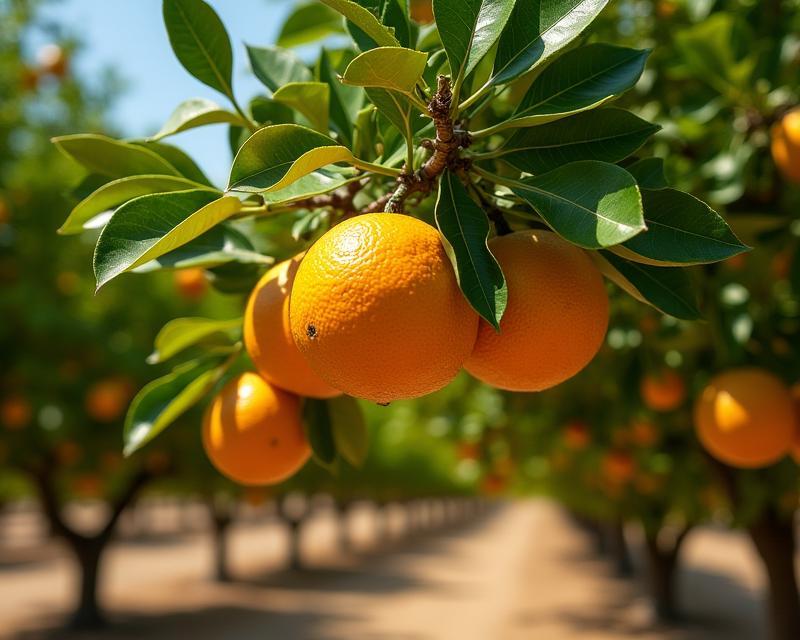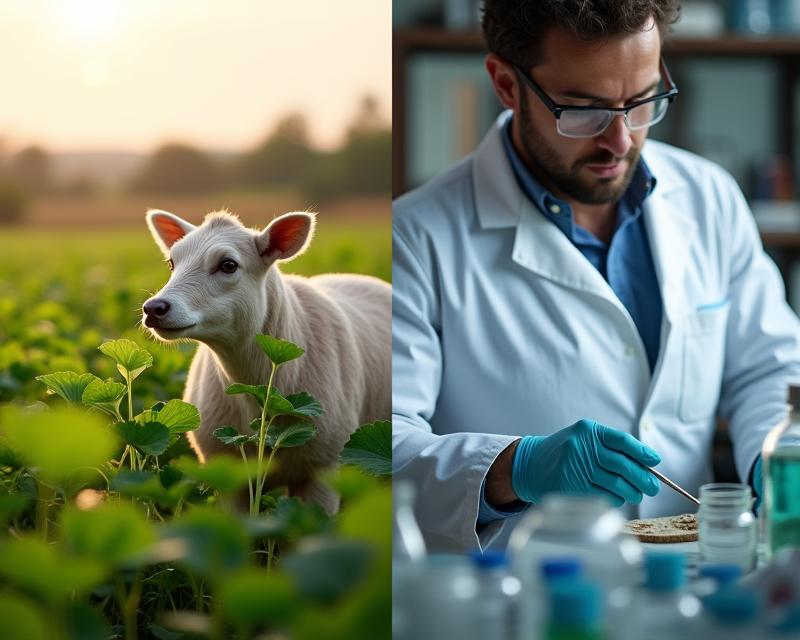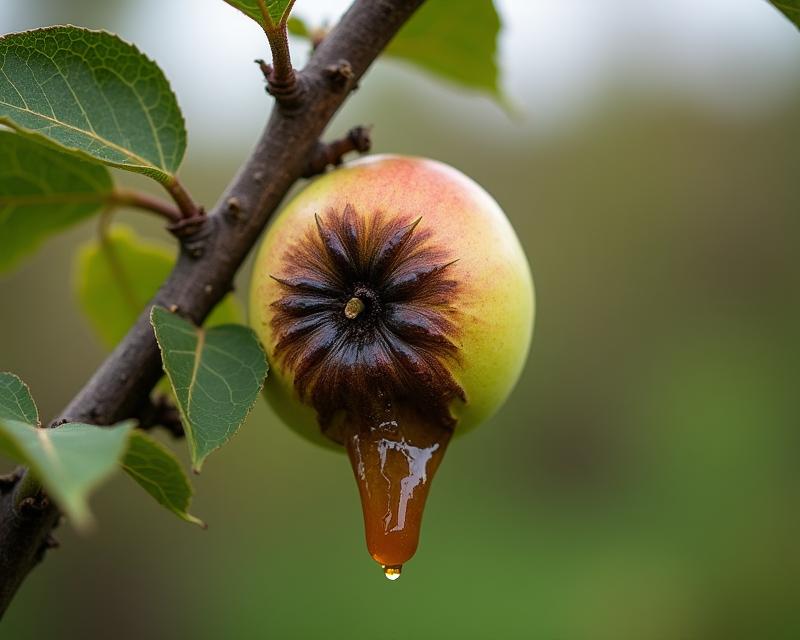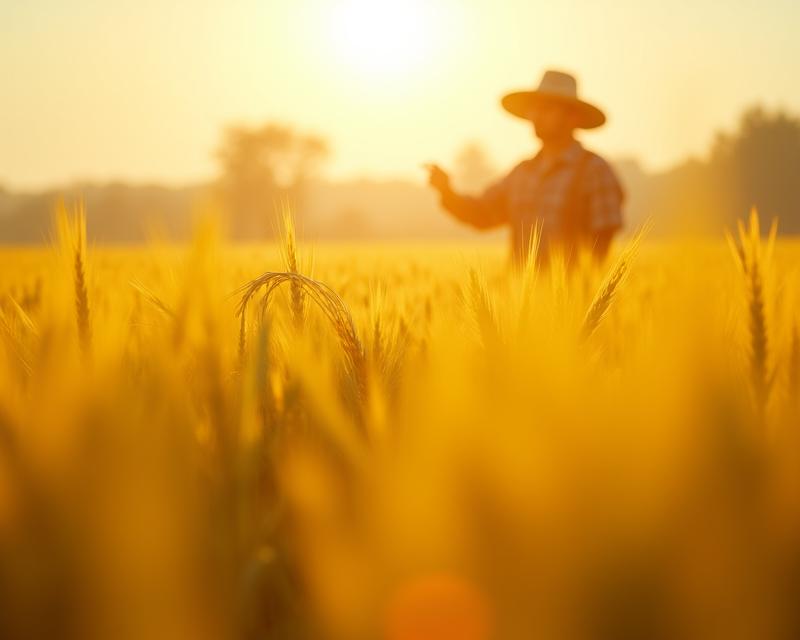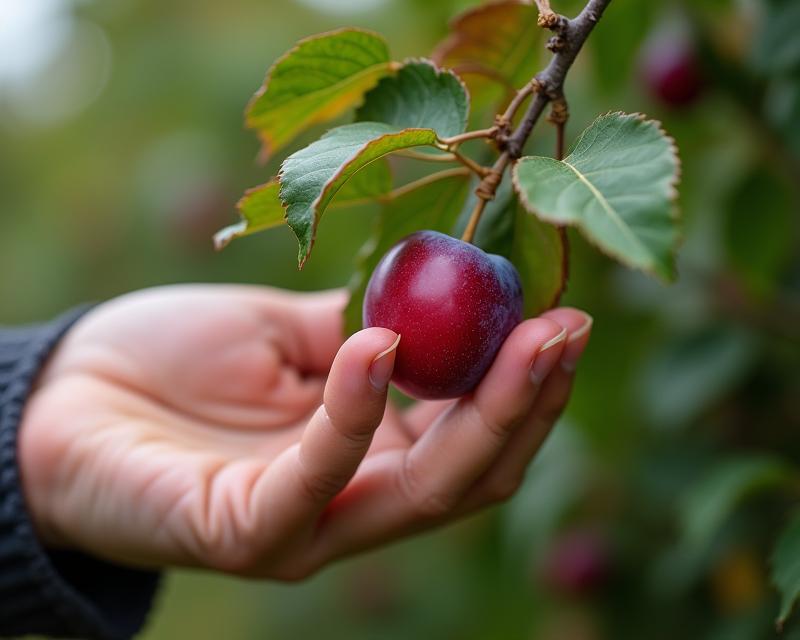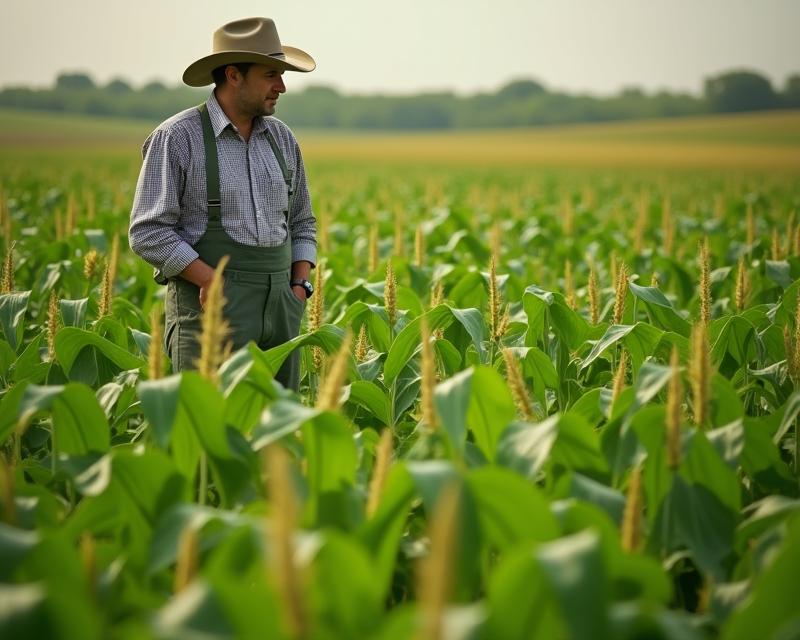Grapevine Training: A Beginner's Guide
Publish in Crops el 05/07/2025 20:50
Grapevine Training: A Beginner's Guide
Welcome to the wonderful world of grape growing! Growing grapes can be incredibly rewarding, offering delicious fruit for personal enjoyment or even a small farm business. But successful grape cultivation hinges on proper training – guiding your vines to maximize sunlight exposure, airflow, and fruit production. This guide will walk you through the basics of pruning and trellising, perfect for beginners looking to establish healthy and productive grapevines.
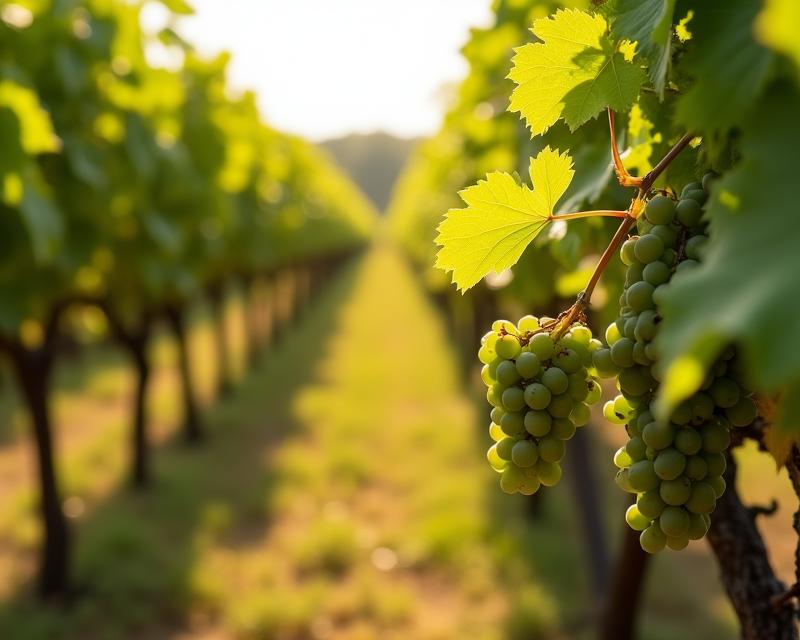
Why Train Grapevines?
Think of training grapevines like sculpting. It's not just about letting them grow wild! Training provides several key benefits. Firstly, it improves fruit quality. By controlling the amount of fruit on the vine, you can ensure each grape receives adequate nutrients, leading to better flavor and sugar content. Secondly, it enhances airflow. Good airflow helps prevent fungal diseases, a common challenge in grape growing. Finally, training maximizes sunlight exposure, which is crucial for ripening and developing those delicious flavors.
Pruning Basics
Pruning is the cornerstone of grapevine training. It involves removing specific canes (one-year-old shoots) to shape the vine and control fruit production. The timing of pruning is crucial and depends on your climate and grape variety, but generally, pruning is done in late winter or early spring, before the buds begin to swell. The goal is to remove excess growth and encourage the vine to produce fruit on new wood. There are several pruning methods, but a common one for beginners is the cane pruning method. This involves selecting a few healthy canes of the previous year's growth and tying them to the trellis system. Remember to always use sharp, clean pruning shears to prevent disease spread.
Trellising Techniques
Trellising provides the physical support your grapevines need to grow upwards. There are many different trellising systems, but a vertical shoot positioning (VSP) system is popular for its ease of management and good fruit exposure. VSP involves training the vines to grow along wires, typically in a vertical plane. As the shoots grow, you'll gently guide them along the wires and remove any unwanted growth (suckers) that emerge from the root system. Proper spacing between rows and wires is essential for adequate sunlight and airflow. Consider the mature size of your grape variety when planning your trellis system.
Getting Started
Don't be intimidated! Grapevine training takes practice, and it's okay to make mistakes. Start with a small number of vines and focus on mastering the basics. Research the specific needs of your grape variety, as different varieties may have slightly different training requirements. Local agricultural extension offices are excellent resources for information and advice. With a little patience and effort, you'll be well on your way to enjoying a bountiful harvest of delicious grapes!
